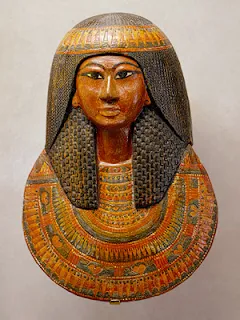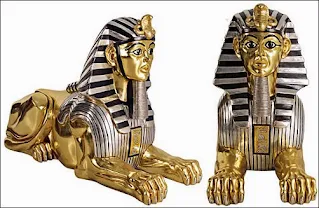Wood carving or the art of cutting designs in wood has been practised from the earliest civilizations. Varied techniques have been accomplished using some basic tools such as knives, saws, gouges, and a host of others. The created works have varied from floral designs to geometrical patterns to abstract design decorative panels. It has been used to make furniture, spoons, bowls, toys, trays, jewel boxes, vases, book stands, masks, idols, frames, beads, chess sets, and whatever else the mind could conceive. From the beginning, wood carving has been taught from generation to generation.
With a bare minimum of tools and an assortment of almost any kind of used wood, anyone can carve hand tools, eating utensils, figurines and much more. As a person's carving knowledge grows, so can their skill and repertoire. And eventually, a person could be revered as a master woodcarver.
Not only does a good woodcarver utilize a good set of carving tools; it is very important to use good carving wood. Softwoods are suggested when beginning this craft. Softwoods are trees known to be gymnosperms. They are generally evergreen trees with the exception of the bald cypress trees. Eighty per cent of the timber production in the world is softwood.
The Linden tree is a very good wood to use in carving. It is a softwood and easy to work with. It has little grain and is low in density. It was plentiful and easy to acquire for the Vikings. They liked to use it for carving shields and other things. Linden wood was easy to carve intricate designs in. Many medieval classic kinds of wood for sculptures and elaborate altarpieces were made of this wood. It is also good wood for making guitars and wind instruments having good sound quality. It also has the strength to be used for drum shells for both sound and aesthetics. This wood is also desired for window blinds and shutters.
The opposite of softwood is hardwood. This kind of tree is known as an angiosperm. Interestingly, softwood is not necessarily softer than hardwood. Wood hardness varies in the density of range so some hardwoods are softer than most softwood. Longleaf pines, Douglas fir, and yew are found to be much harder than some hardwoods. Chestnut, Butternut, Oak, American Walnut, Mahogany and teak are also good woods to work with.
The Olive tree is a good hardwood to carve with. The gnarled, twisted trunks of olive trees produce beautiful, aromatic wood and are used in making bowls, the handles of knives and inlays for furniture. Additionally, Olivewood burns hot, produces low smoke, is aromatic, and is good for cooking. It is good for breadboards in making bread, is good for grilling foods and is also good for smoking meats.
Olive wood is heavy, dense, and durable. It has a distinct colour with a variety of red, grey, and browns. It is resilient and has longevity. Woodcarvers have desired it for millennia. Once a person has mastered softwood carving they may want the challenge with this beautiful wood.






